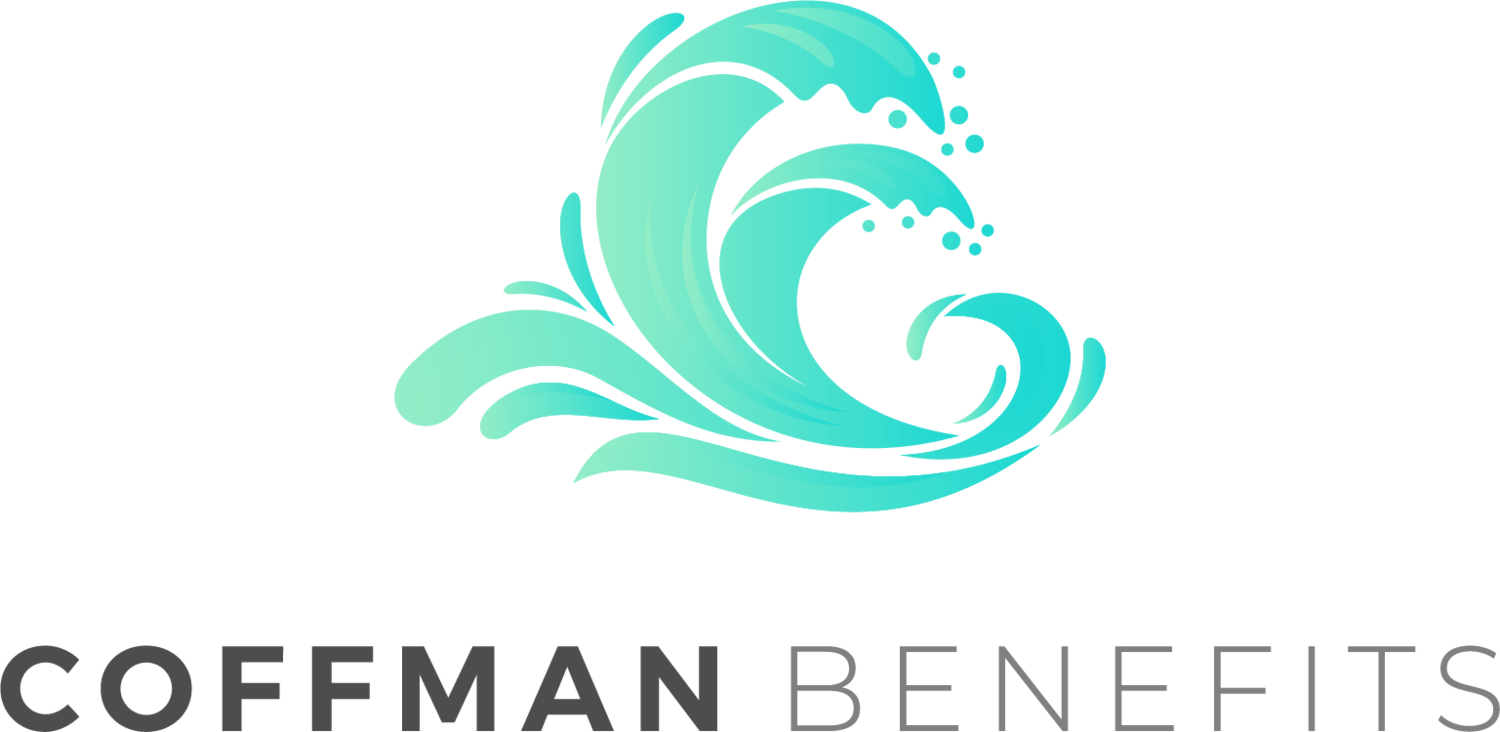Effective April 1, 2020, the Families First Coronavirus Response Act (FFCRA), requires all private employers that have fewer than 500 employees to provide their employees with paid sick leave and expanded family and medical leave (paid leave) for specified reasons related to the coronavirus (COVID-19) pandemic. However, the FFCRA includes a provision under which certain small employers may qualify for an exemption from two of the FFCRA’s paid leave requirements.
Specifically, employers with fewer than 50 employees (small employers) may qualify for an exemption from the FFCRA’s requirements to provide paid leave due to an employee’s loss of child care resulting from COVID-19. This exemption is not available for the FFCRA’s requirements to provide paid leave for other COVID-19 related reasons.
The U.S. Department of Labor has provided guidance regarding the FFCRA’s small employer exemption in a set of questions and answers about the FFCRA and in a temporary regulation issued on April 1, 2020. This Compliance Bulletin provides a general summary of that guidance and outlines the criteria an employer must meet in order to qualify for the small employer exemption.
Eligible Small Employers
An employer, including a religious or nonprofit organization, may qualify for the FFCRA’s exemption for small employers only if:
It employs fewer than 50 employees;
Leave is requested because a child’s school or place of care is closed, or because a child care provider is unavailable, due to COVID-19 related reasons; and
Providing the child care-related leave would jeopardize the viability of the small business as a going concern.
Determining Whether an Employer has Fewer than 50 Employees
Under the DOL’s regulation, the number of employees an employer has is determined by counting all full-time and part-time employees employed within the United States at the time an employee would take leave. For this purpose, every part-time employee must be counted as if he or she were a full-time employee, and the term “within the United States” includes any state, the District of Columbia, and any territory or possession of the United States.
In addition, an employer’s count must include:
All employees who are currently employed, regardless of how long they have worked for the employer;
Any employees who are on leave of any kind;
Employees of temporary placement agencies who are jointly employed under the Fair Labor Standards Act (FLSA), regardless of which employer’s payroll the employees appear on; and
Day laborers supplied by a temporary placement agency, regardless of whether the employer is the temporary placement agency or the client firm.
Also, all common employees of joint employers under the FLSA or integrated employers under the Family and Medical Leave Act (FMLA) must be counted together.
The number of employees does not include workers who:
Are independent contractors, rather than employees, under the FLSA; or
Have been laid off or furloughed and have not subsequently been reemployed.
Determining Whether the Requested Leave Qualifies for Denial under the Exemption
An employer that meets all the other criteria for the FFCRA’s small business exemption may deny paid leave to an employee only if the employee has requested the leave to care for his or her son or daughter whose:
School or place of care has been closed for COVID-19 related reasons; or
Child care provider is unavailable for COVID-19 related reasons.
An employee’s “son or daughter” includes the employee’s children who are under 18 years of age and those who are age 18 or older but incapable of self-care because of a mental or physical disability. The term “child care provider” means a provider who receives compensation for providing child care services on a regular basis.
The FFCRA’s small employer exemption does not allow an employer to deny leave to an employee who needs it because he or she:
Is subject to, or is caring for an individual who is subject to, a federal, state, or local quarantine or isolation order related to COVID-19;
Has been advised by a health care provider to self-quarantine due to concerns related to COVID-19; or
Is experiencing symptoms of COVID-19 and seeking a medical diagnosis.
How to Show the Leave Would Jeopardize Viability of the Business as a Going Concern
An employer may show that its business’s viability as a going concern would be jeopardized if an authorized officer of the business has determined that:
Providing the paid leave for child care reasons would result in the small business’s expenses and financial obligations exceeding available business revenues and cause it to cease operating at a minimal capacity;
The absence of the employee or employees requesting paid leave for child care reasons would entail a substantial risk to the financial health or operational capabilities of the small business because of their specialized skills, knowledge of the business or responsibilities; or
There is an insufficient number of workers who are able, willing and qualified, and who will be available at the time and place needed, to perform the labor or services provided by the employee or employees requesting paid leave for child care reasons, and this labor or these services are needed for the small business to operate at a minimal capacity.
However, meeting one of these standards does not necessarily allow a small employer to deny child care-related leave to all of its employees who request it. Instead, the employer may deny that leave only to those otherwise eligible employees whose absence would cause its expenses and financial obligations to exceed available business revenue, pose a substantial risk, or prevent the small employer from operating at minimum capacity.
How to Elect the Small Business Exemption
If a small employer decides to deny paid leave to an employee who requests it for child care-related reasons, the employer must document the facts and circumstances that meet the criteria listed above to justify the denial. The employer should not send such material or documentation to the DOL, but should instead retain these records for its own files.
Regardless of whether a small employer chooses to elect the FFCRA exemption, the employer is still required to post a notice about the FFCRA in its employees’ workplaces.
Separate Exemption for Employers with Fewer than 25 Employees
In most cases where an employer provides paid leave for child care purposes under the FFCRA, the employee who takes the paid leave will be entitled to be restored to the same or an equivalent position upon his or her return to work. However, the FFCRA allows certain small employers to claim an exemption from this job-restoration requirement.
Specifically, an employer with fewer than 25 employees may be exempt from the requirement to restore an employee’s job after taking FFCRA leave for child care purposes if the following conditions are met:
The employee’s position no longer exists due to economic or operating conditions that affect employment and are due to COVID-19-related reasons during the period of the employee’s leave;
The employer made reasonable efforts to restore the employee to the same or an equivalent position; and
If the employer’s reasonable efforts to restore the employee fail, the employer makes reasonable efforts for one year (beginning either on the date the leave related to COVID-19 reasons concludes or the date 12 weeks after the employee’s leave began, whichever is earlier) to contact the employee if an equivalent position becomes available.


